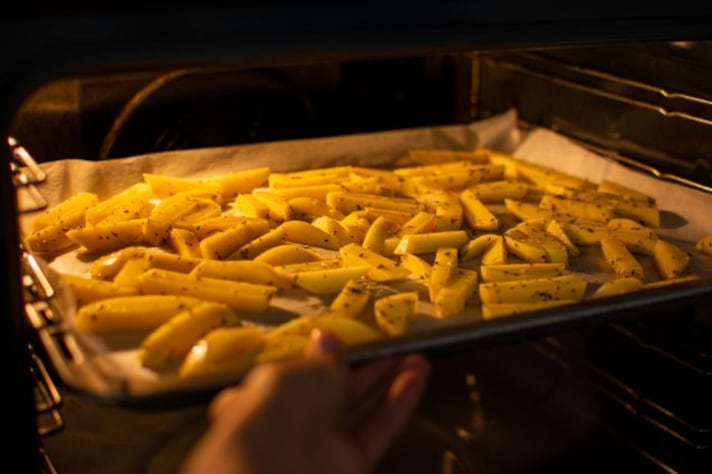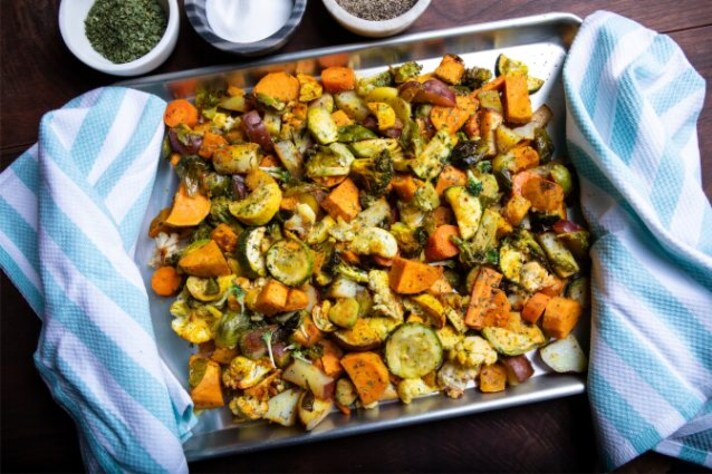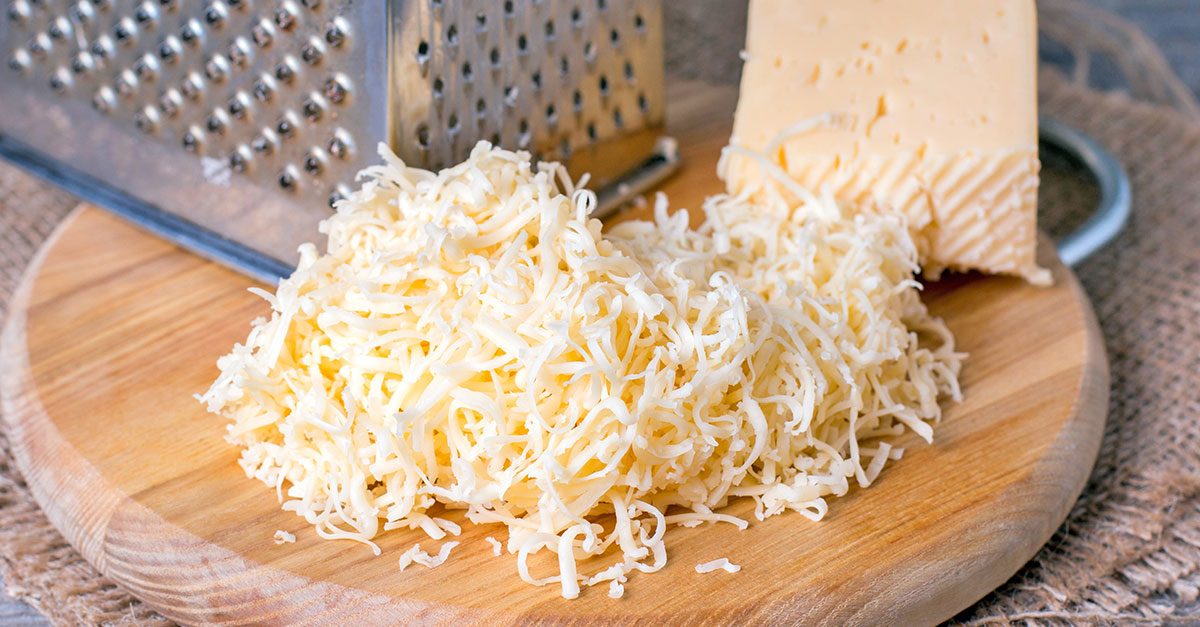How to Make Sure Your Food Crisps Up Nicely In The Oven (Without Burning It)
Baking food in the oven doesn't mean you have to give up that satisfying crispy coating! Following some easy rules and tips for specific types of food, you're going to obtain the same results you would, as if you were frying them - just, healthier! Read ahead to discover everything there is to know about the crispiest results in the oven!

There’s nothing quite like that perfect crispy bite, right? Whether it's fries, veggies, or even chicken, we’re all after that satisfying crunch. So how do you coax the oven into delivering golden, crispy goodness without turning everything into a sad, soggy affair? This guide will give you the lowdown on getting food to crisp up beautifully, with tips for a variety of foods.
The Magic of High Heat and Airflow
When it comes to achieving that perfect crunch, temperature and airflow are your best friends. You want to crank that oven up to a high temperature—around 200-220°C (400-425°F) is ideal. Why? A higher heat allows for faster cooking, sealing in moisture while creating a crispy exterior. But it’s not just about heat; how air circulates in the oven is key, too. Give your food some space on the baking tray. If everything’s crammed together, steam will get trapped, making things soggy instead of crispy. It's like giving your fries a little breathing room to live their best, crispy lives.
Oil Is Your Secret Weapon (But Don’t Drench It!)
Oven-baked foods often suffer from a lack of crispness simply because they’re too dry. The fix? A thin coating of oil. But be warned: more oil doesn't mean more crunch. Lightly coat the food—whether it’s fries, vegetables, or chicken—in oil to promote browning and crispiness. Olive oil, avocado oil, or even spray oils work well. But don’t get carried away, or you’ll end up with something greasy, which, spoiler alert, isn’t the texture we’re going for.

The Role of Starch (Yes, Even for Veggies)
Now, here’s a trick not everyone knows—starch can make a big difference. Lightly tossing your food in a bit of cornstarch or flour before roasting helps draw out moisture and create a crispy layer. Think about those super crispy fries or roasted sweet potatoes—starch plays a starring role here. Even veggies can benefit from this technique. It’s like giving them a protective crunch-coating.
How to Get Your Food Crispy in The Oven
Now that we've explored the general principles behind achieving crispiness in the oven, let’s get specific. Different foods require slightly different approaches to get that golden crunch. From mastering fries to crisping up chicken skin, each one has its own secrets. Let's take a closer look at how to elevate these individual dishes to crispy perfection.
Fries
Let’s take a moment to talk about fries, because if you can master crispy oven fries, you can do anything in life. The trick is to balance moisture and crunch. First, soak your cut potatoes in water for at least 30 minutes to remove excess starch. This prevents them from sticking together and promotes even crisping. Afterward, make sure they’re thoroughly dried (a damp fry is a sad fry). Then, as we mentioned earlier, toss them in a bit of oil and lay them out in a single layer, ensuring each fry has its personal space for crispiness to happen.

Crispy Veggies
When it comes to vegetables like Brussels sprouts, zucchini, or cauliflower, you can use the same principles as for fries. Toss them lightly in oil, season them, and spread them out on a baking sheet. For extra crispiness, try roasting your veggies at a higher heat (around 220°C/425°F). For those who really want to take it up a notch, try broiling the last few minutes to really crisp up the edges. It’s like putting the cherry on top, but crunchy.
Chicken
Roasting chicken and achieving a crispy skin is another art form. Pat the chicken skin completely dry before seasoning—moisture is the enemy of crispiness. Rub it with oil and seasonings, then place it skin-side up on the baking sheet. Here’s a pro tip: elevate the chicken on a rack while baking. This allows the hot air to circulate around the bird, crisping it up from all sides. Don’t forget to finish with a high-heat burst or broiling for that extra crackle.
Broiling
Broiling is like your secret weapon in the oven—especially when things are looking a little too golden, but not quite crispy. Think of broiling as your food's final "spa treatment" for a crispy exterior. Just make sure to keep an eye on it; broilers can take food from crispy to charred in a blink, so don't go too far and burn your masterpiece.
;Resize,width=767;)

;Resize,width=712;)

